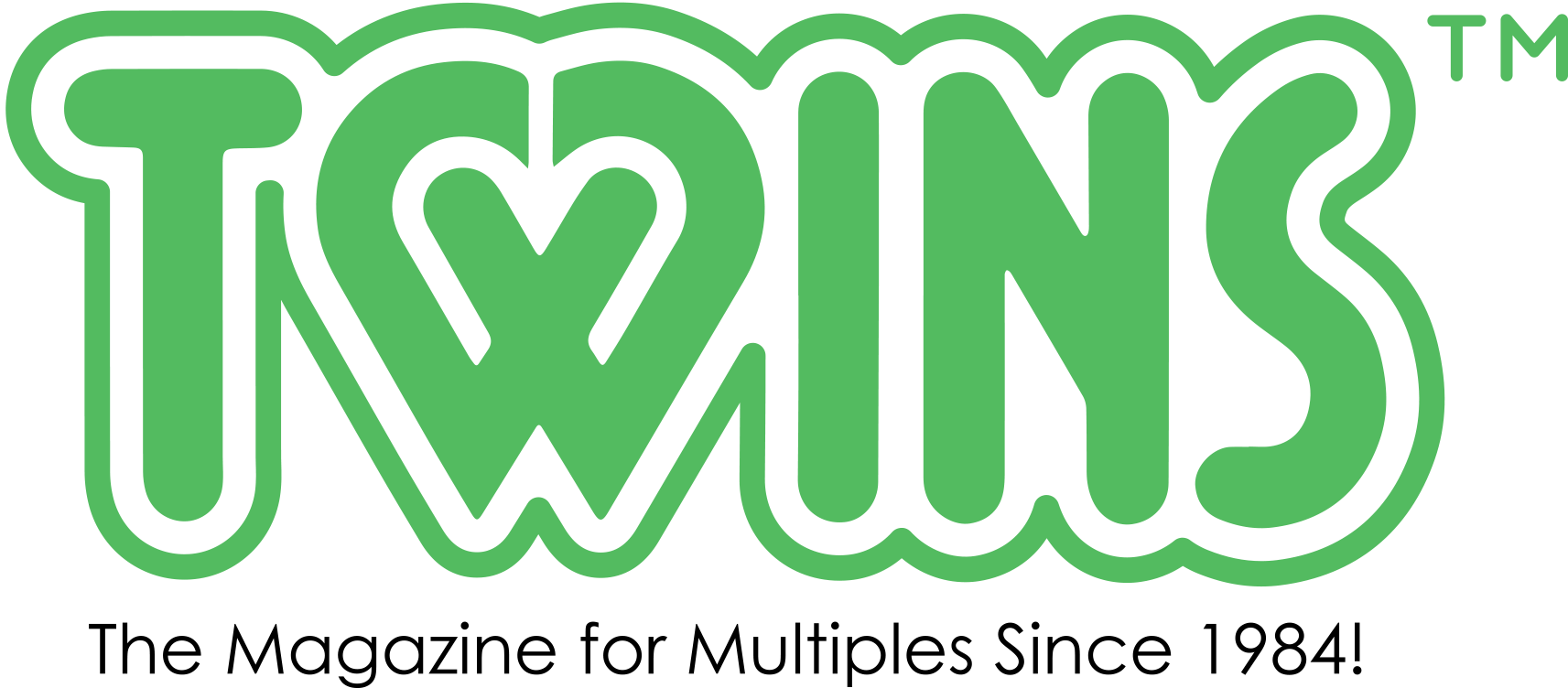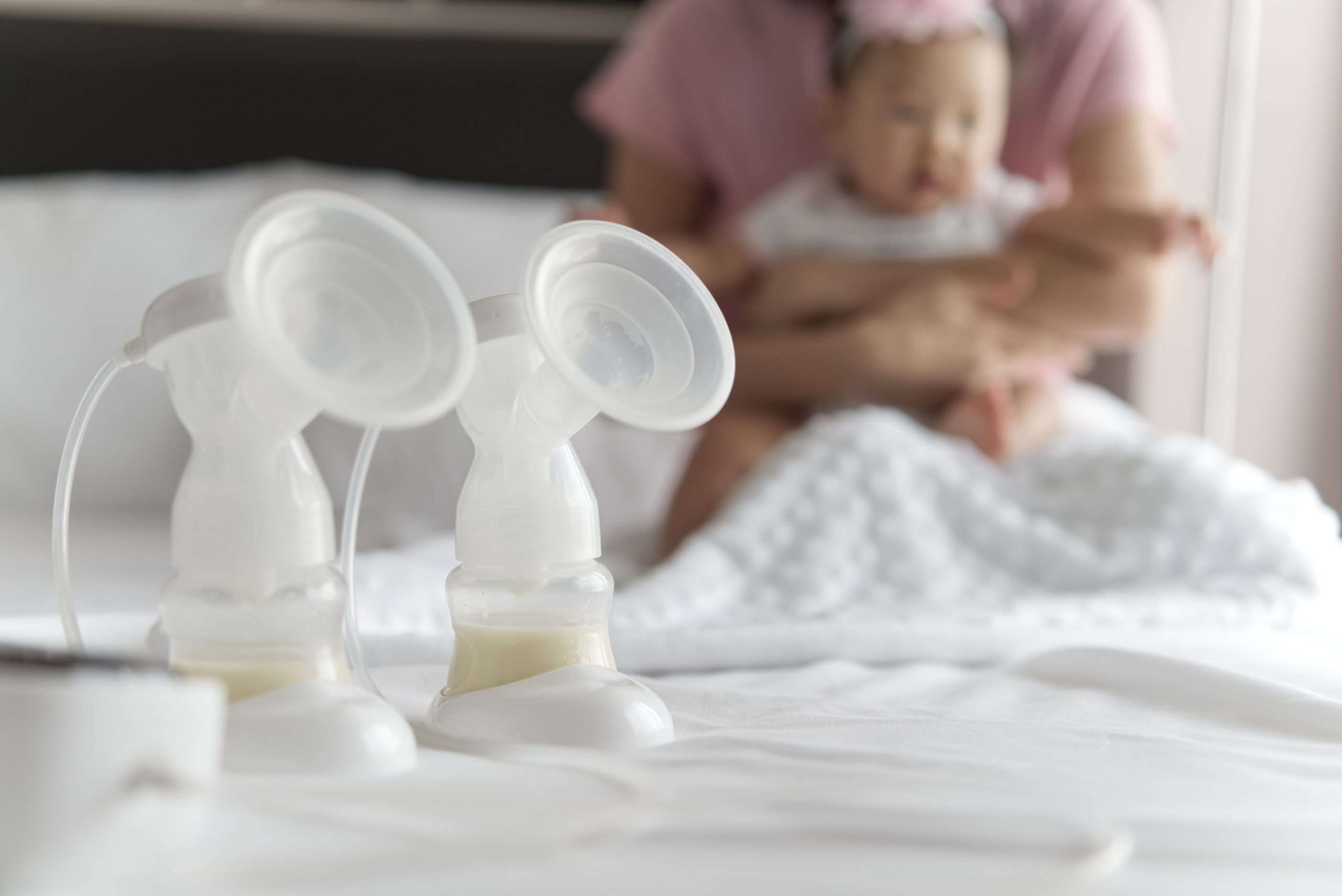Breastfeeding a newborn is no joke. Add a second newborn to the mix, and you’ve basically found yourself a new full-time job. Many moms of multiples might find themselves wondering how they will ever be able to keep up with the needs of two infants. The thing is, with a little help and patience it might be more doable than you think.
In the early days of feeding two newborns, it might be necessary to pump every two hours in order to build your milk supply. This might sound cumbersome, but pumping may be a critical part in maintaining a substantial milk supply for two babies.
There’s a fair amount of trial and error in pumping for twins. You will eventually see what works best for your body and your family’s schedule. But, there are plenty of tips that can help you get started with a solid foundation. Then you can make adjustments as you need to.
How to successfully pump for two
If you’re pregnant with twins or know someone who is pregnant with twins, or currently trying to juggle pumping for twins on your own, keep reading. I’ve got a few tricks to share that will help take the guesswork out of pumping and help you get started on the right foot.
Pumping is hard work, and it is going to take up a good portion of your day. There are no shortcuts. But you just gave birth to twins, so you’ve got this. Note that committing to pumping is half the battle.
The more often you do it, the more efficient you’ll become. Getting in and out of all that equipment will become second nature, and your body will start to produce milk as it reacts to the pumping.
Again, you’ll have to adapt a schedule to your lifestyle, depending on other children, work, etc. Experts suggest starting to pump as soon as you’re able to, even though your babies might not develop an appetite for three days after being born.
Here’s a basic schedule that you can start with, then tweak as necessary:
- 7:00 am Pumping Session #1
- 9:00 am Pumping Session #2
- 11:00 am Pumping Session #3
- 1:00 pm Pumping Session #4
- 3:00 pm Pumping Session #5
- 5:00 pm Pumping Session #6
- 7:00 pm Pumping Session #7
- 9:00 pm Pumping Session #8
Most mothers that are pumping for twins also do one or two late-night pumping sessions. At least one of these sessions should be done between midnight and 6 am, when a spike in the breastfeeding hormone prolactin occurs.
As you get into the pumping routine and establish your milk supply, you’ll be able to pump more quickly and efficiently. This means less pumping throughout the day.
Things to keep in mind
As you adjust your schedule and make it work for you, these are a few things that you’ll want to ask yourself to help find the perfect balance:
- What are the times during the day that you have help?
- How much are your babies eating?
- Are you able to breastfeed at all?
- When are you sleeping and eating?
Helpful tips
Pumping requires a few supplies, a considerable of time, and most importantly patience. Many new moms find it particularly difficult to spend so much time sitting. This can lead to overthinking and second-guessing every single aspect of pumping.
Worry can make things extra hard, so here are a few pointers that can help you pump successfully:
Pump frequently
Creating enough breast milk for your babies is all about supply and demand. The more you pump, the more your body will make. If you’re concerned about when you will find the time, you have options.
- Power pumping is when you pump for 10 minutes at a time two to three times over the course of an hour (or even longer).
- Pumping after your little people nurse is another option to up the ante. The more milk you express, the more breastfeeding hormones (prolactin) you will create, and the more breastmilk you will make.
Research the best types of breast pumps
Most health insurance companies will give you a pump. If not, social media is an excellent resource for learning about breast pumps. This is a good time to rely on what other twin moms recommend.
Do not share breast pumps (or buy used devices) unless they are safe for multiple users. Most breast pumps are meant for use by only one person, meaning you should not share them with family or friends. If the breast pump is contaminated and only intended for a single user, it can cause you or your baby to develop an infection.
Pump at the hospital or birthing center
Make sure you do your first pumping session at the hospital. You don’t need to bring your pump with you as most hospitals provide a pump for you to use while you’re there.
They will both have lactation experts on hand to show you how to do it correctly, which is imperative for pumping success.
Extra parts
When you pump at the hospital or birthing center right after having your baby, they will give you your own set of parts to use. Take these home and rotate them in with your parts so that you don’t have to wash them as frequently throughout the day.
If you don’t have extra parts, you can keep yours in the fridge after each pump break and then do one wash at the end of the day. Properly cleaning your parts is essential, so you’ll want to allow enough time to do it right.
Ask for help
Don’t be shy about asking for help. All of those people offering up their help mean it. Your spouse, family, friends, and neighbors are all ready and willing to watch your babies for a little bit while you pump. Make sure to rest and eat while you have extra eyes and hands around, too!
Set up shop
Identify an area of your home or workspace that you’ll use for pumping. Stock up with snacks and activities or things you can work on while you’re pumping. Sitting still for so much time may be the hardest part.
Pumping breaks are also a great time to eat or nap, so keep snacks around and make sure your pumping area is comfy. Bonus if you keep some foods on hand that can help boost your milk supply. Also, keep a bottle or two of water nearby just in case you forget to bring some with you.
Use a tracking app
There are many mobile apps available to help you track both your pumping sessions and how much milk you’re producing. It can also help keep a record of any supplements you’re taking. In those early, exhausting days you might even find yourself asking if you missed a pumping session. A breastfeeding tracker app can be helpful when this happens.
Caitlyn’s pumping experience
For my pumping adventure, I found the hardest part to be the mental challenge of it all. If I were more prepared for the time-consuming experience of sitting, then I would have been much more efficient.
I was able to pump for a little over a year successfully. However, it would have been a more positive experience had I known any of these little tricks beforehand. I hope that some of these will help you make your pumping days a little less stressful and a lot more enjoyable.
Breastfeeding twins is an incredible commitment. Any amount of milk that you’re able to provide your babies is a gift. While breastmilk is ideal for babies, your mental health matters. Please reach out to a healthcare professional if the breastfeeding journey becomes overwhelming.


